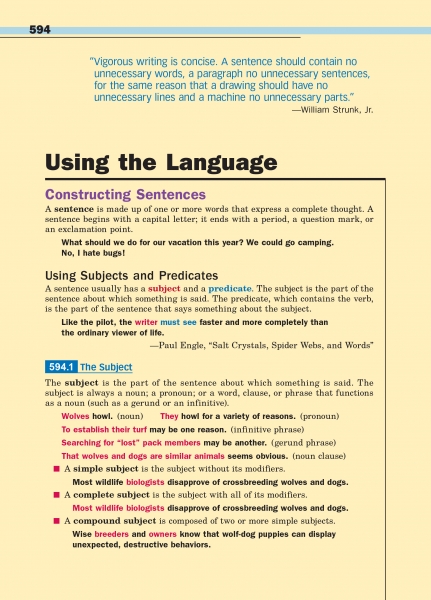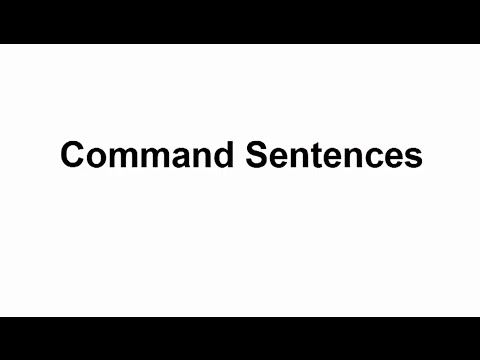Page 594 from

Start-Up Activity
Ask students the following questions:
- What is the subject of a sentence?
(They will probably wearily define it as a noun or pronoun that names what the sentence is about.)
- What is the subject of an essay?
(What the essay is about)
- What is the subject of a class?
(What the class is about)
So, in whatever form—sentence, paragraph, essay, class, story, movie, TED talk—the subject is the what.
Now ask students the following:
- What is the predicate of a sentence?
(It is what is happening with the subject. It is why the subject matters.)
Though nobody talks about the predicate of an essay, or class, or movie, the fact is that all of these forms address what is happening with the subject and why it matters.
That's why the sentence is the basic unit of thought. It contains the two essential parts: the what and the why.
Think About It
“The paragraph is a mini-essay. It is also a maxi-sentence.”
—Donald Hall

Start-Up Activity
Ask students the following questions:
- What is the subject of a sentence?
(They will probably wearily define it as a noun or pronoun that names what the sentence is about.) - What is the subject of an essay?
(What the essay is about) - What is the subject of a class?
(What the class is about)
So, in whatever form—sentence, paragraph, essay, class, story, movie, TED talk—the subject is the what.
Now ask students the following:
- What is the predicate of a sentence?
(It is what is happening with the subject. It is why the subject matters.)
Though nobody talks about the predicate of an essay, or class, or movie, the fact is that all of these forms address what is happening with the subject and why it matters.
That's why the sentence is the basic unit of thought. It contains the two essential parts: the what and the why.
Think About It
“The paragraph is a mini-essay. It is also a maxi-sentence.”
—Donald Hall




